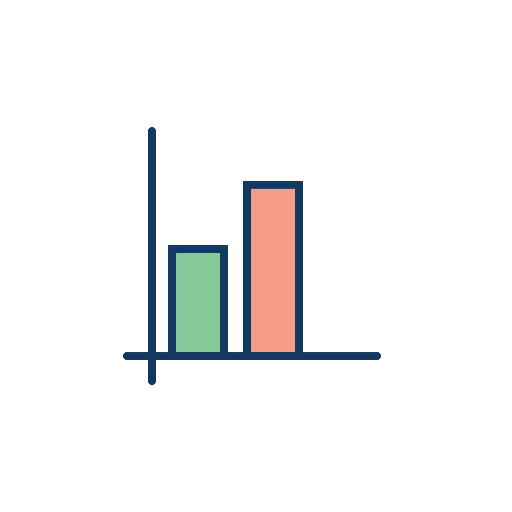DETERMINAN STRUKTUR MODAL PADA SEKTOR INDUSTRI BARANG KONSUMSI
Abstract
This research aims to examine the influence of profitability, asset tangibility, firm size, and growth opportunity, non-debt tax shield, earning volatility, liquidity and firm age to capital structure through annual financial statements prepared by the consumer goods industry sector which listed on the Indonesia Stock Exchange during the period 2012-2016. The sample in this research is obtained by using purposive sampling method and based on predetermined criteria then obtained a sample of 34 firm years with the total amount that being processed is 170 data. The analysis method used is multiple linear regression analysis. Based on the test results can be concluded: (1) profitability negatively influence the capital structure; (2) asset tangibility does not influence the capital structure; (3) firm size has no influence on capital structure; (4) growth opportunity has a positive influence on the capital structure; (5) non debt tax shield has no influence on capital structure; (6) earning volatility has no influence on capital structure; (7) liquidity has a negative influence on capital structure; (8) firm age has a positive influence on capital structure.
Keywords: capital structure, pecking order theory, trade off theory.



